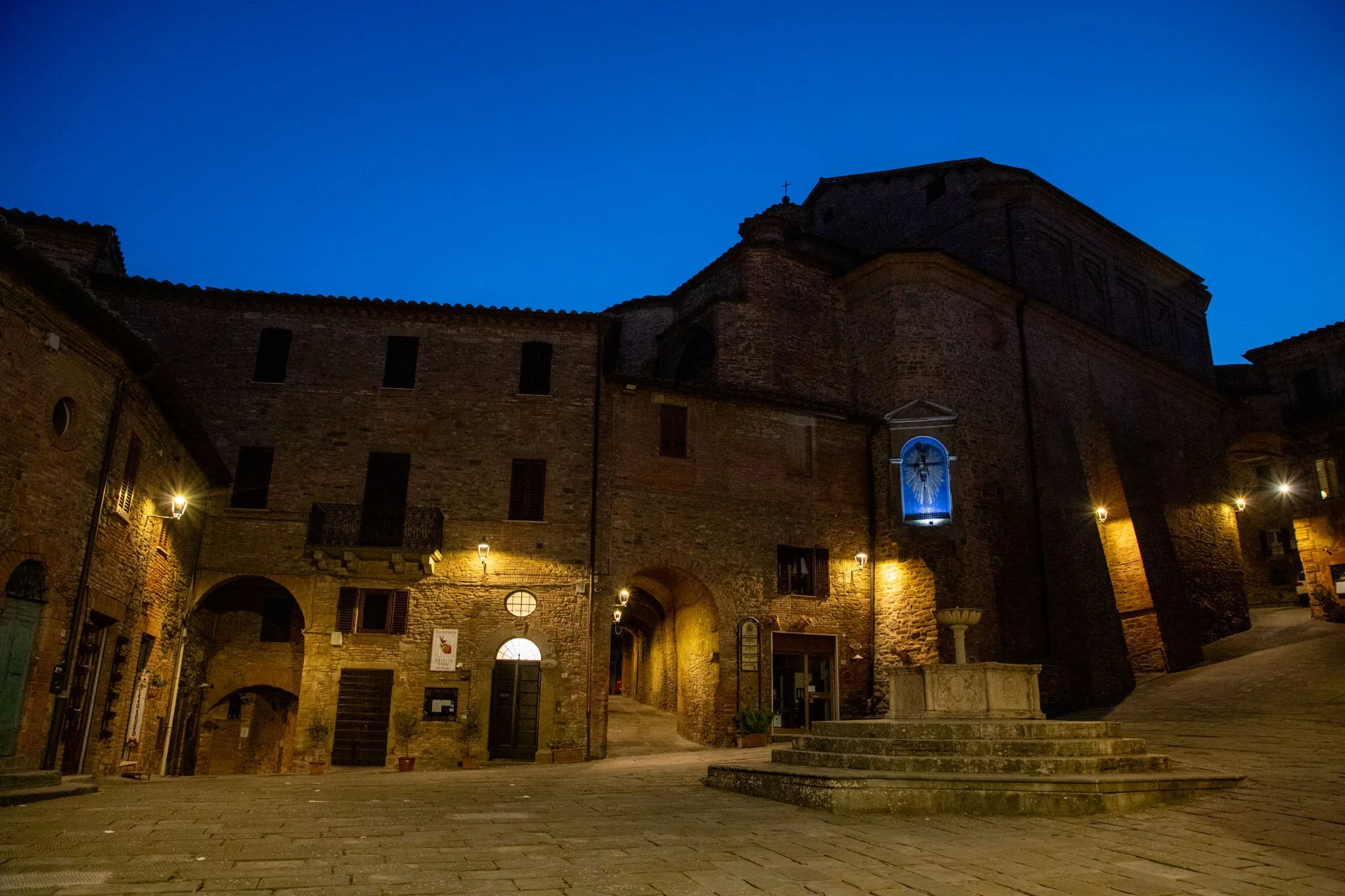Umbria : Italy’s Green Heart
To an uninformed visitor the small landlocked region of Umbria - endearingly known as the Green Heart of Italy - may be quickly overlooked in favor of one of its more notorious neighbors when planning an Italian vacation. Nearby Lazio for example, with Rome in its pocket, has been calling to travelers from across the pages of history for thousands of years and tempting us through the silver screen for over a century. Meanwhile, Tuscany beckons visitors with the brilliance of its own crown jewel - Florence - and the well earned title as the Birthplace of the Renaissance. Marche, pressed against the eastern border, draws its visitors with the historic sites of Urbino and the warm waters of its Adriatic coastline.
So why, one might ask, would Umbria with its small size and seeming lack of comparable celebrity be a strong consideration? The answer: eclectic discovery. Much like the delicate ecosystems of flora and fungi that spring forth at the base of looming trees, Umbria has arguably flourished in the shadow of its large and reputable neighbors; collecting an array of curios many overlook for the sparkling lights of larger wonders. With nearly 25% of this small region dedicated to forest preserves, Umbria is a lush and shaded gem at the core of Italy - a perfect place for unearthing other-worldy finds and serene escapes.
Well of St. Patrick, Orvieto, Umbria
Dotted with small hilltop cities, pristine lakes, and steep mountains, access to a car in this part of Italy is not only wise, it is encouraged - and for the adventurous traveler it is the perfect destination for a road trip. A strong place to start would be with a visit to the capital city of Perugia. Here, visitors find a rich history of Etruscan life, a sweet glimpse into the world of chocolate making (with help from the annual Eurochocolate festival held every November), and a helpful central location for day trips to outlying points of interest.
For a slower pace, a quiet borgo like Panicale offers a glimpse into small town living with views of Lago di Trasimeno. Enjoy a summer lunch at Michelin Guide restaurant Lillotatini in the main piazza or take in a show at the small local theater. If industrious feats are more to your liking, Marmore Falls in the south of the region is an awe-inspiring display of ancient Roman infrastructure. Known as the world’s tallest man-made waterfall, Marmore still releases water on a set daily schedule and is one of the more magnificent remnants of ancient Roman history in the area.
Evening in Panicale, Umbria
For the morbid and eccentric traveler, consider the Museum of Mummies in the small town of Precetto where well preserved remains discovered in the crypt of Chiesa San Stefano are on display. Those in pursuit of an artistic and thoughtful ponderance on the human form can pay a visit to Foligno and the 80 ft skeleton Calamita Cosmica which lays at rest on the floor of the former church of Santissima Trinità.
In need of something even more off-kilter? Perhaps La Scarzuola, the former Franciscan convent turned architectural wonderland, will pique your interest. This winding maze of stone symbolism dreamed up by architect Tomaso Buzzi is heavy in mystical connotation and sure to ignite your curiosity. Even the historic hilltop city of Orvieto offers a glimmer of the fantastical with its Well of St. Patrick. Carved 174 feet into the ground, this 400 year old structure offers guests a chance to descend into the depths of the hill via a spiraling double-helix staircase that frames its inner walls. While intimidating in appearance, the average visitor can comfortably descend and ascend within an hour.
No matter the routes you choose, be it wistful and relaxing or in pursuit of the weird and wonderful, Umbria is a destination fit to deliver. While thousands flock to the seaside this summer, consider escaping to this green heart and discovering what lies beneath the shaded trees!
Piazza del Popolo, Todi, Umbria


